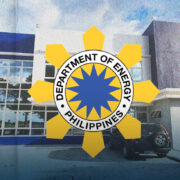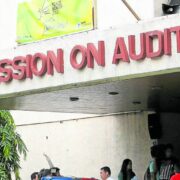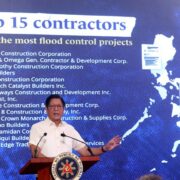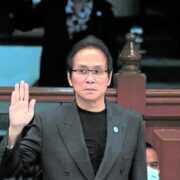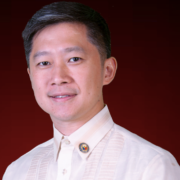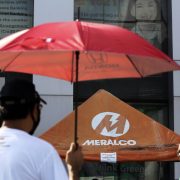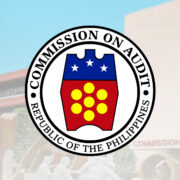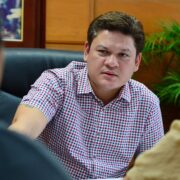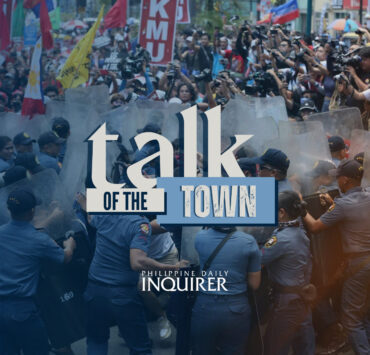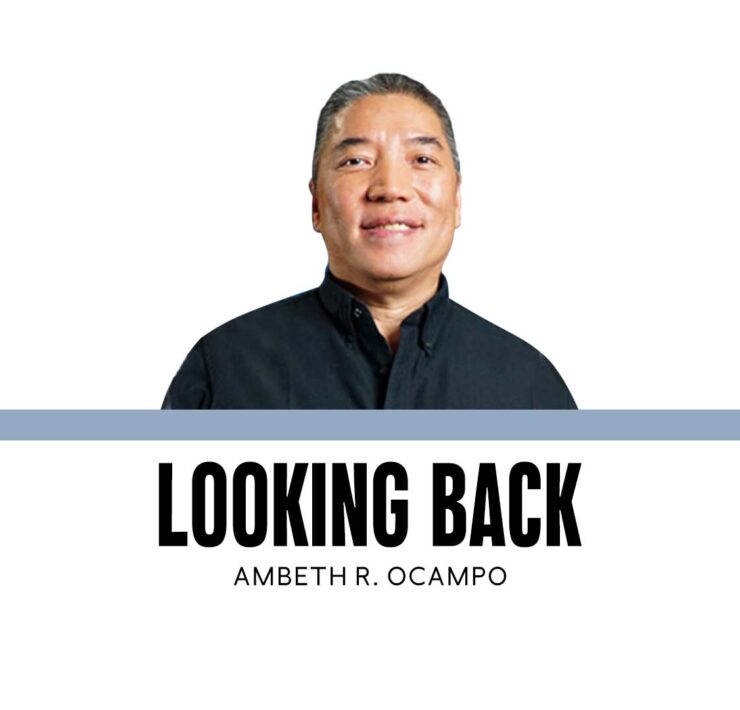Aguinaldo’s childhood
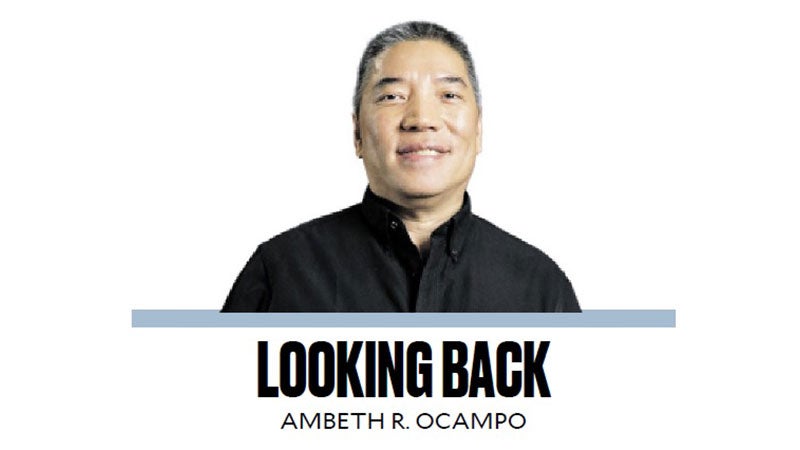
During the pandemic lockdown, I culled my library to keep only what I needed for reference. I arranged my notes and papers, hoping some library would take them for a younger generation to benefit from. I thought I had finished classifying everything during the lockdown, but every now and then, things I forgot have kept popping out of cabinets and drawers in files and folders. Recently, I came across a copy of Emilio Aguinaldo’s six-page handwritten autobiography, dated July 24, 1955, sent to Carlos Quirino, and an 18-page typescript, also by Aguinaldo, entitled “Ang Digmaang Amerikano-Filipino at ang Dakilang Palaisip” (The Philippine-American War and the Great Thinker), written for or transcribed by Jose P. Santos, son of the historian Epifanio, dishonored by traffic on Edsa.
The 1955 holograph, written in Spanish in Aguinaldo’s characteristic scrawl, narrated his early life to Carlos Quirino who was working on a biography published in 1969 as: “The Young Aguinaldo: From Kawit to Biyak-na-Bato.” I envy people who had known and spoken to Aguinaldo. If you asked the right questions, his answers would shed light or muddle up contentious interpretations of Aguinaldo’s acts as we know them from textbook history. The manuscript begins:
“Emilio Aguinaldo y Famy was born as a result of the fright caused my mother, Doña Trinidad Famy y Valerio, by the explosion of a small culverin that my father, Don Carlos Aguinaldo, had placed in the yard below our house early one morning when the sun’s rays shone that Monday, March 22, 1869, in Cavite Viejo, now Kawit, Cavite, when she was almost moribund and unconscious after three consecutive days of suffering.”
Aguinaldo is quoted to have said that his first breath was laced with gunpowder smoke. He also explained why his name did not match the name of the saint for his birthday:
“Bear in mind that the name Emilio, martyr in the calendar, was not taken from the day of my birth, but from the date of May 28, 1869; Don Carlos had decided on that name because he did not like the grandiose names of Bienvenido and Deogracias, Bishop and Confessor, prescribed for the day of my birth—March 22, 1869.”
He talks of near-death experiences long before the Philippine Revolution.
“At the age of three in my infancy, I was severely afflicted by smallpox, to such an extent that I was given up for dead by my mother and others. But, when my father arrived, he immediately bathed, cleaned and dressed me and I responded with a cry; thereupon my father immediately shouted to my mother, ‘Teneng, halika at buhay pa ang anak mo! (Teneng, come here your son is still alive),’ and everybody in the house started running with tears of joy in their eyes.
“Hardly a week had passed when the infantry troops of the marines in Cavite revolted and took over the headquarters in the fort of Cavite. When the reinforcements from Manila came on foot, they caused rumors about these forces to spread in advance, such as the cavalry, the artillery and the infantry; these troops on their way followed the practice of ‘juez de cuchillo (Justice by the knife),’ and on the streets they passed, they killed all people they found. Naturally, all the residents of the towns of Parañaque, Las Piñas, Bacoor, Cavite Viejo, and Noveleta started to run and hide.
“At that time my cousin, Eugenio Valerio, a bachelor, abandoned me under some bushes in our backyard and crossed the creek by swimming, and then hid on the other side. After the troops had gone, those that had come from Manila to Cavite, my cousin Eugenio Valerio returned and found me lying down almost unconscious because of so many bites from huge red ants known locally as ‘hantik.‘ Naturally, my illness from smallpox returned in a worse form. The prognostication of the calendar that the name San Emilio was that of a martyr was confirmed; but despite the worsening of my illness, I recovered just the same.”
Aguinaldo related a bout of serious food poisoning. He also narrated near death from drowning:
“One morning, when the tide from the sea was high, a group of boys arrived to bathe and jump from the Madulas bridge at the river behind our house. My two brothers, Benigno and Crispulo, and I boarded a small banca, as it was the feast of San Juan Bautista, to join the others near the bridge and to bathe therein. But I did not know then how to swim. My brothers quickly jumped into the water. Since I was left alone in the banca, I also jumped overboard and went directly to the bottom of the river. I stayed there moving and moving for a long time without being able to float up to the top until after I had swallowed so much water, my brother Crispulo noticed and shouted ‘Manong Bebeng, nalulunod po si Emilio! (Manong Bebeng-Emilio is drowning.)’ He repeated it many times. Shortly thereafter I was rescued and was able to breathe again and saved from the danger of drowning.”
All of this detail from Aguinaldo’s early years may be trivial, but it helps us understand what he was like as an adult. While many of his contemporaries died young and became heroes, Aguinaldo lived long to see the decline in his reputation.
—————-
Comments are welcome at aocampo@ateneo.edu
Ambeth is a Public Historian whose research covers 19th century Philippines: its art, culture, and the people who figure in the birth of the nation. Professor and former Chair, Department of History, Ateneo de Manila University, he writes a widely-read editorial page column for the Philippine Daily Inquirer, and has published over 30 books—the most recent being: Martial Law: Looking Back 15 (Anvil, 2021) and Yaman: History and Heritage in Philippine Money (Bangko Sentral ng Pilipinas, 2021).

